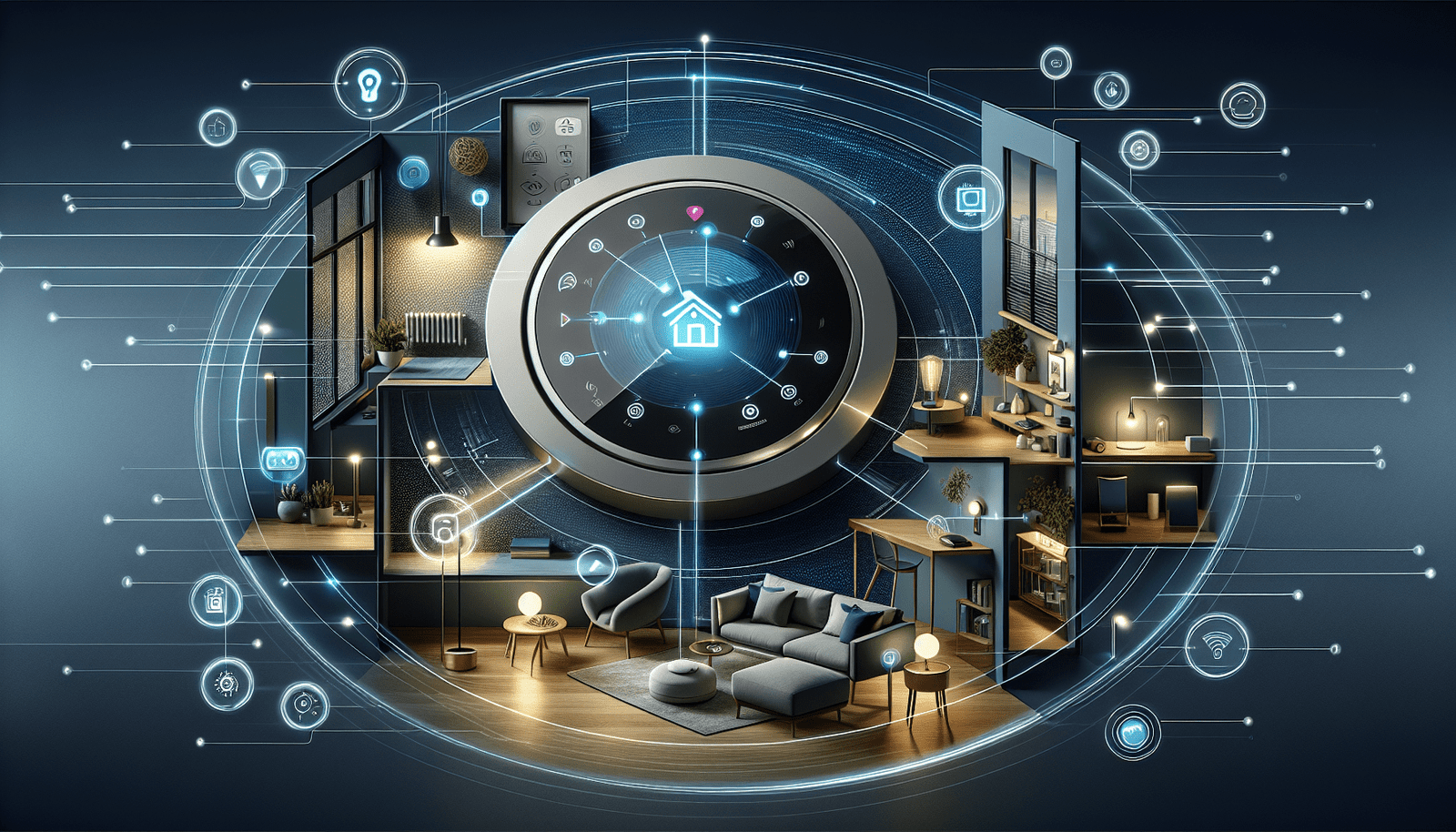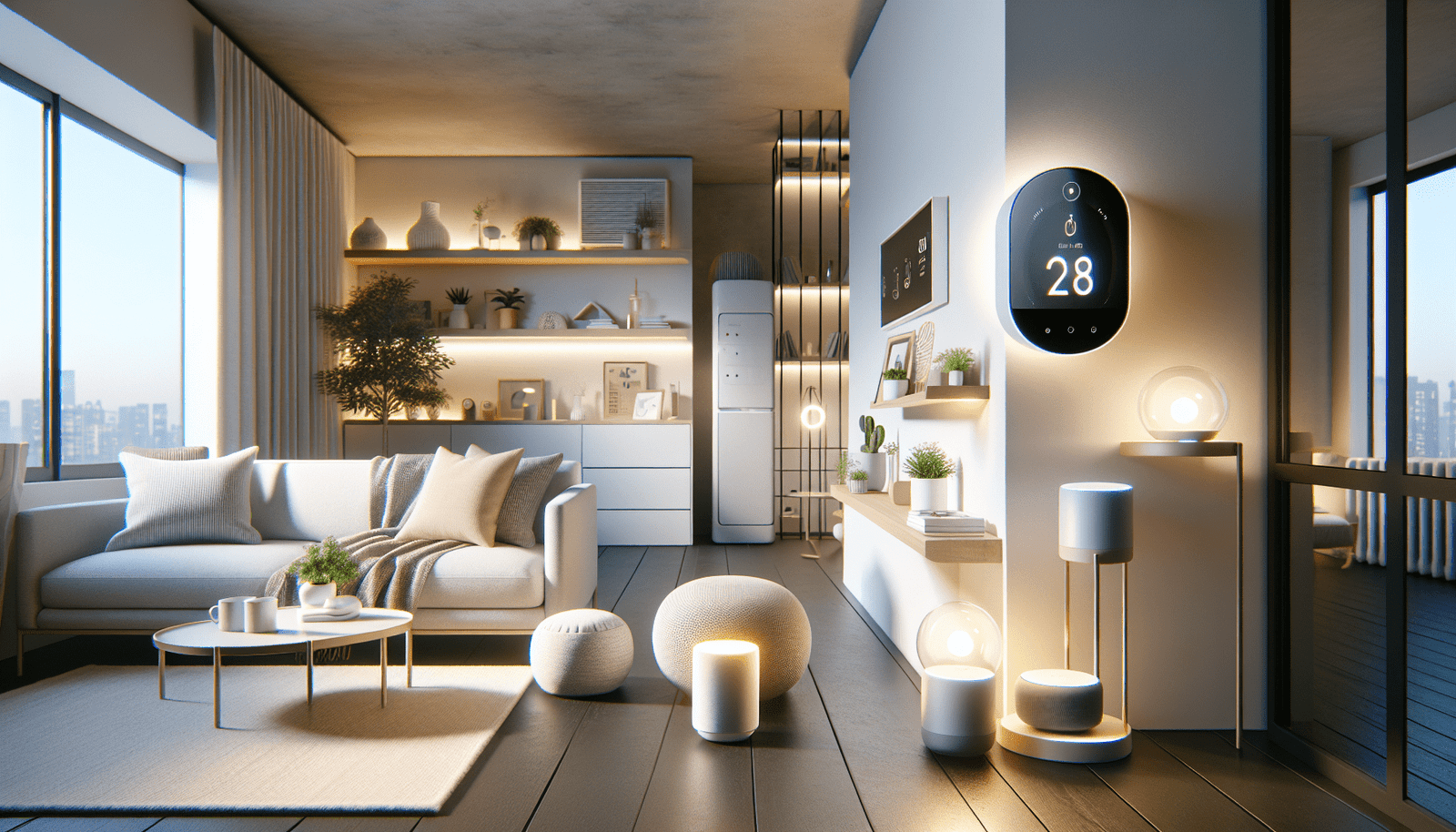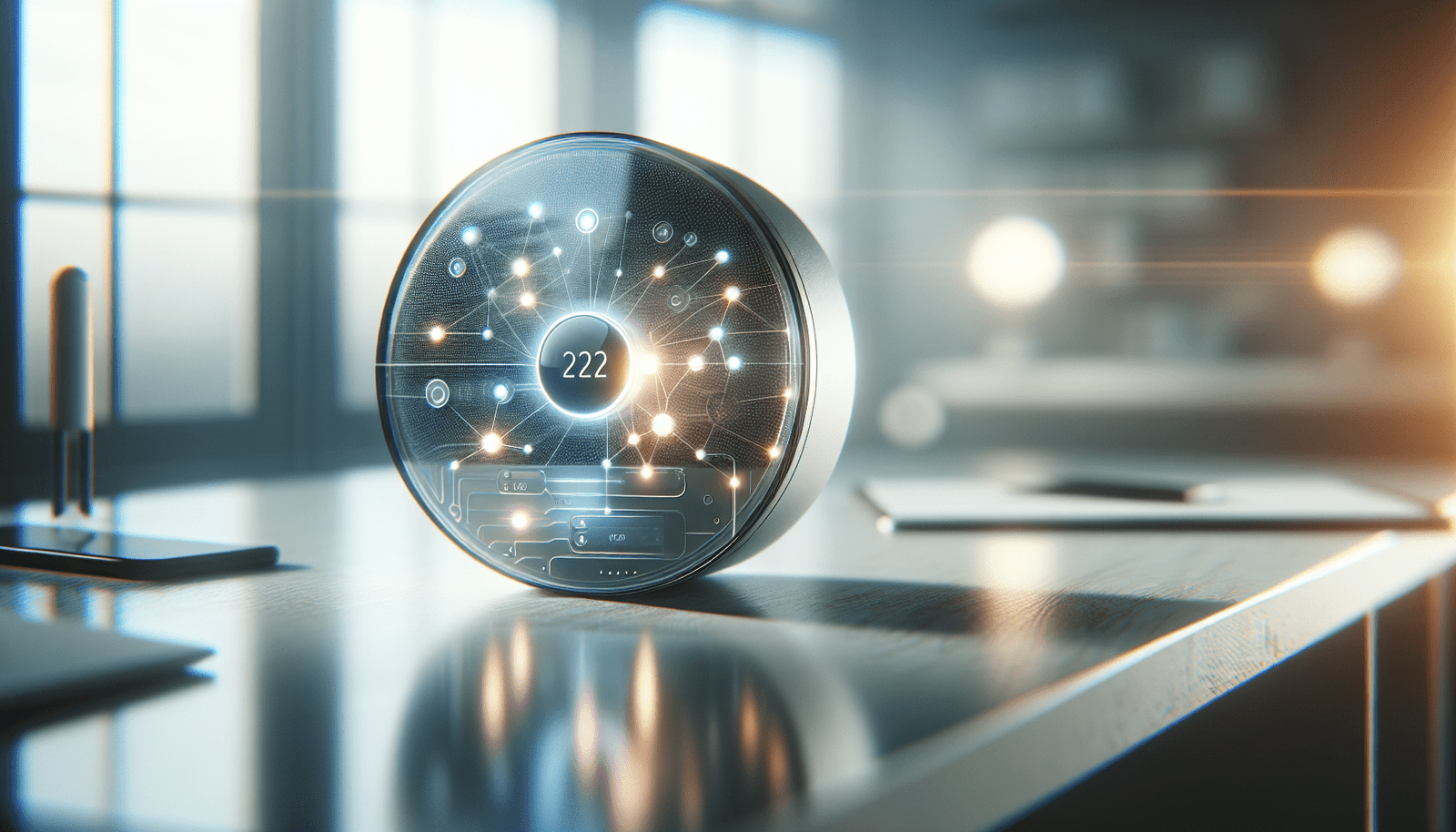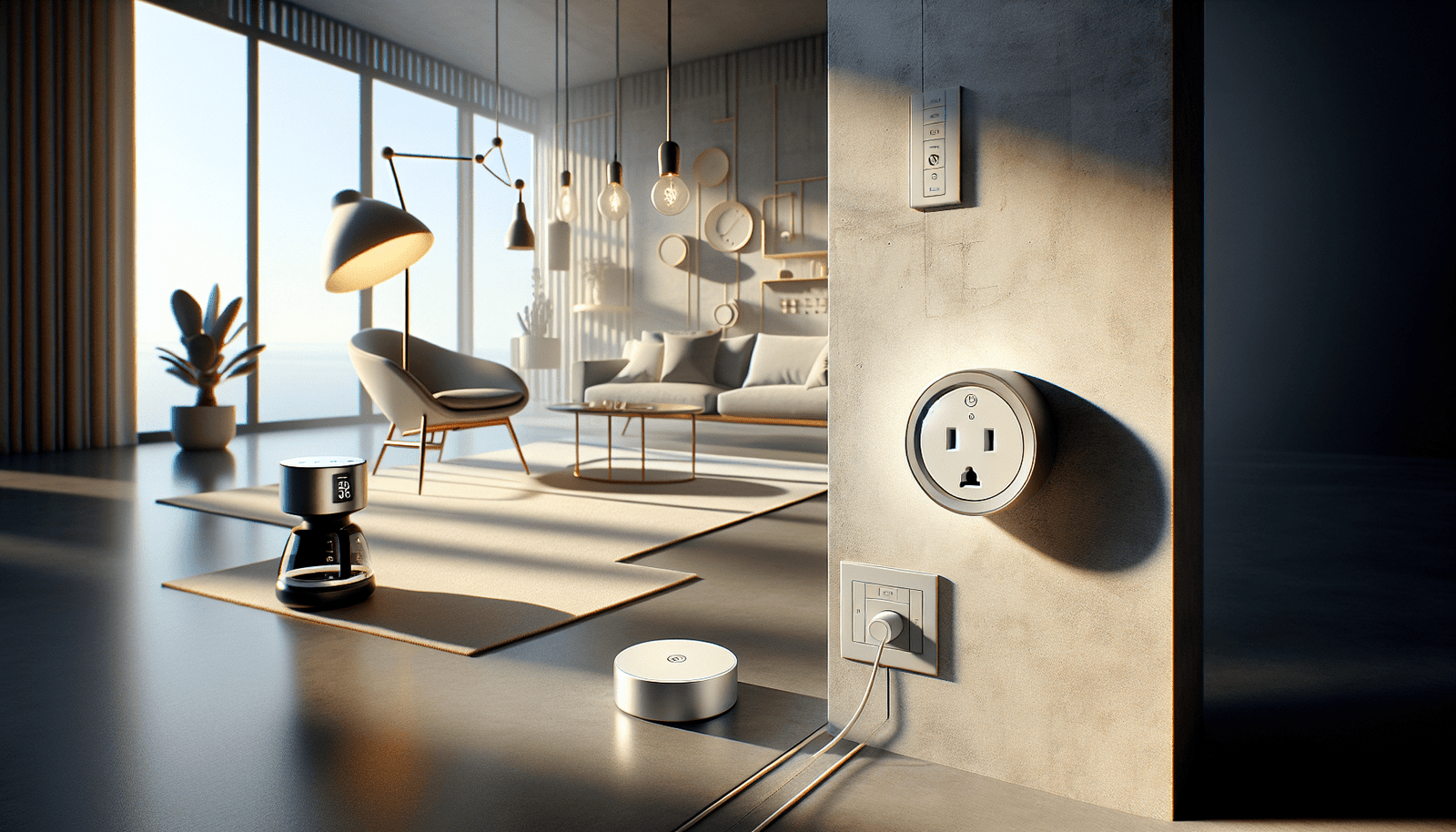Have you ever wondered how your living space could be more efficient and connected with the right technology? The world of smart home devices offers endless opportunities to transform your home into an innovative sanctuary, making your life more comfortable and convenient. As the realm of smart home technology expands, understanding how to effectively program these devices becomes crucial.
Understanding Smart Home Technology
Smart home technology refers to a variety of gadgets and appliances connected to the internet, capable of being controlled remotely and programmed to perform specific tasks. These devices aim to enhance everyday living through automation, energy savings, and increased safety. From lighting and thermostat control to security systems and voice assistants, smart home devices come in many forms, each offering unique benefits.
The Benefits of Smart Home Technology
Integrating smart home devices brings numerous advantages, ranging from increased comfort to energy efficiency. The primary benefit is convenience; you can control various aspects of your home with a simple command or tap on your smartphone. Additionally, these devices can lead to energy savings as they often provide real-time data and automation to optimize energy use, potentially reducing electricity bills.
Common Smart Home Devices
There are various smart home devices on the market, each serving different functions. Popular categories include smart lighting, smart thermostats, smart security systems, and smart appliances. Lighting systems allow you to control brightness and color remotely. Thermostats enable efficient home heating and cooling, adjusting to your schedule. Security systems offer real-time monitoring and alerts, while appliances like refrigerators can inform you about stock levels.
Cost and Value Considerations
While smart home devices can require a significant initial investment, it’s essential to consider the cost against long-term savings and convenience.
Installation Costs vs. Long-term Savings
Initial costs depend on both the device and infrastructure required. For instance, installing a smart thermostat might involve not just the device’s purchase but also any necessary structural adjustments. However, over time, the energy savings often outweigh these upfront costs, providing a compelling financial argument for smart home technology.
Return on Investment
Smart home devices can also increase your property’s value—a smart thermostat or state-of-the-art security system can make a home more attractive to potential buyers or renters. For real estate investors, this often results in a quicker sale or the ability to command higher rental prices.
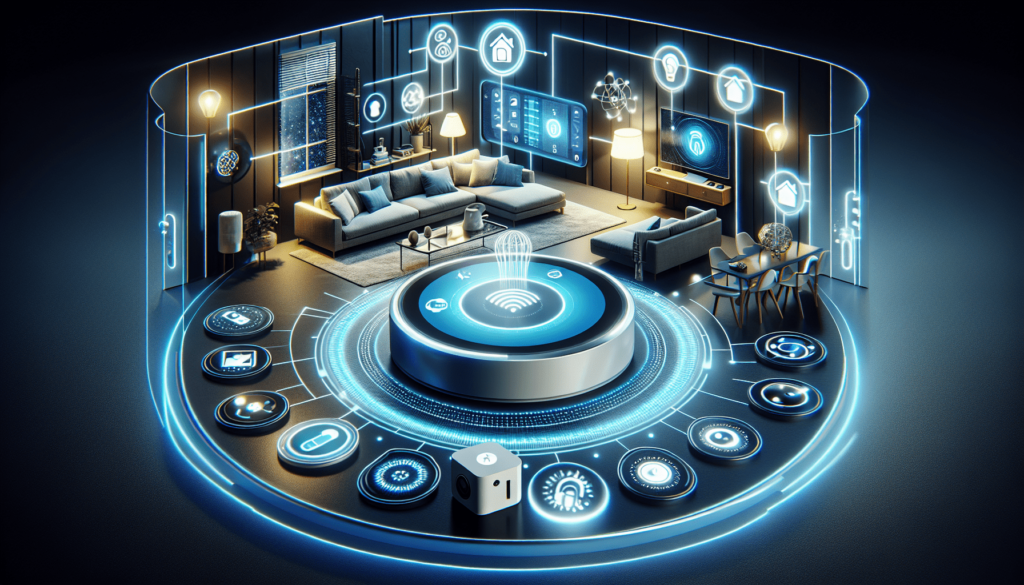
Practical Setup Guides
Setting up smart home devices can seem daunting, but breaking the process into manageable parts makes it more approachable.
Setting Up Your Smart Lighting
To set up smart lighting, replace bulbs or switches with smart variants. Connect them to a central hub or app, allowing remote control or schedule settings. Consider scenarios like dimming in the evening or brighter lights during work hours for optimal comfort.
Installing Smart Thermostats
Smart thermostats often require installation into your existing heating system. Identify a compatible model with your heating system and follow the manufacturer’s guide for connection. This integration enables automatic scheduling and remote temperature adjustments.
Configuring Smart Security Systems
For smart security systems, choose a model that suits your needs—whether it’s a simple camera or a comprehensive system with sensors and alarms. The setup typically involves mounting cameras or sensors and connecting them to a central control app for real-time monitoring.
Security and Privacy Factors
Security is a primary concern for many prospective smart home users. It’s crucial to ensure your network and devices are safe from threats.
Potential Risks and Safety Features
Smart devices can be vulnerable to hacking if not properly secured. Always use strong, unique passwords and update device firmware regularly. Additionally, consider devices that offer features like end-to-end encryption to bolster security.
Best Practices for Smart Home Security
Implement a firewall and secure your Wi-Fi network with WPA3 encryption. Regularly review device logs to monitor unauthorized access attempts. Using multi-factor authentication on accounts linked to smart home systems adds another layer of security.
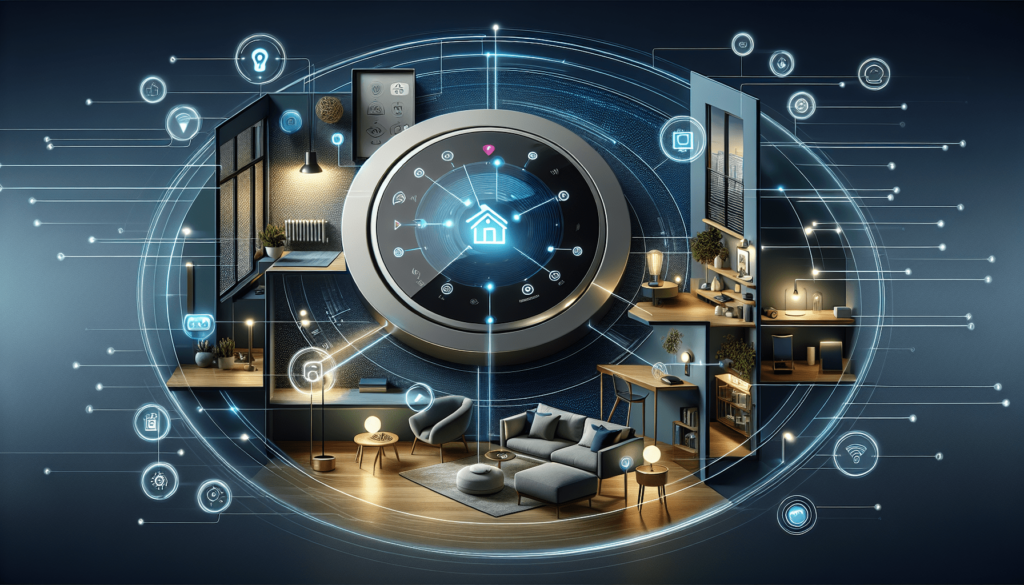
Energy Efficiency and Sustainability
Smart devices often contribute significantly to sustainability efforts by optimizing resource use.
How Smart Devices Reduce Energy Consumption
Smart devices like thermostats learn your schedule and adjust heating and cooling, thus conserving energy. Similarly, smart lighting systems can automatically turn off unused lights, further reducing consumption.
Sustainable Living with Smart Technology
An eco-friendly smart home not only saves energy but also promotes a sustainable lifestyle. For instance, a smart irrigation system can conserve water by adjusting schedules based on weather data and soil conditions.
Compatibility and Connectivity
Understanding how your devices work together is crucial for a seamless smart home experience.
Device and Platform Interoperability
When selecting devices, ensure they are compatible with your existing systems. Many smart home devices work with hubs like Amazon Alexa, Google Home, or Apple HomeKit, but not all are cross-compatible, so choose with care.
Integrating Voice Assistants
Voice assistants act as a control hub for many smart devices. To fully leverage their capabilities, ensure your devices support the assistant you use, allowing for seamless voice command execution.
Future-Proofing and Innovation
Stay at the forefront of smart home technology by understanding emerging trends.
Emerging Trends in Smart Home Technology
Trends include advancements in artificial intelligence for smarter device decision-making and increased device interoperability. As technology evolves, devices become more integrated and capable, offering richer experiences.
Planning for Future Upgrades
When setting up your smart home, consider future expandability. Choose devices that follow open standards for easier integration with future technologies. Keeping abreast of industry trends helps make informed decisions when considering upgrades.
Addressing Common Misconceptions
As smart home technology grows, so do misconceptions that can deter users.
Misconception: Smart Homes Are Too Complex
Many believe that smart home setups are overly complex. However, modern devices are designed for user-friendliness, with straightforward installation processes and intuitive apps guiding you along the way.
Misconception: High Costs with Little Return
Another common myth is that initial investments aren’t justified. However, smart home devices can offer substantial returns through energy savings, enhanced security, and increased property value.
Conclusion
Smart home technology holds transformative potential for modern living, offering convenience, efficiency, and sustainability. By understanding the nuances of selecting, programming, and securing smart devices, you can create a living environment that meets your needs and preferences. Whether you’re a first-time buyer or a tech enthusiast, these insights enable you to embrace the future, making daily life not only simpler but truly smarter.
